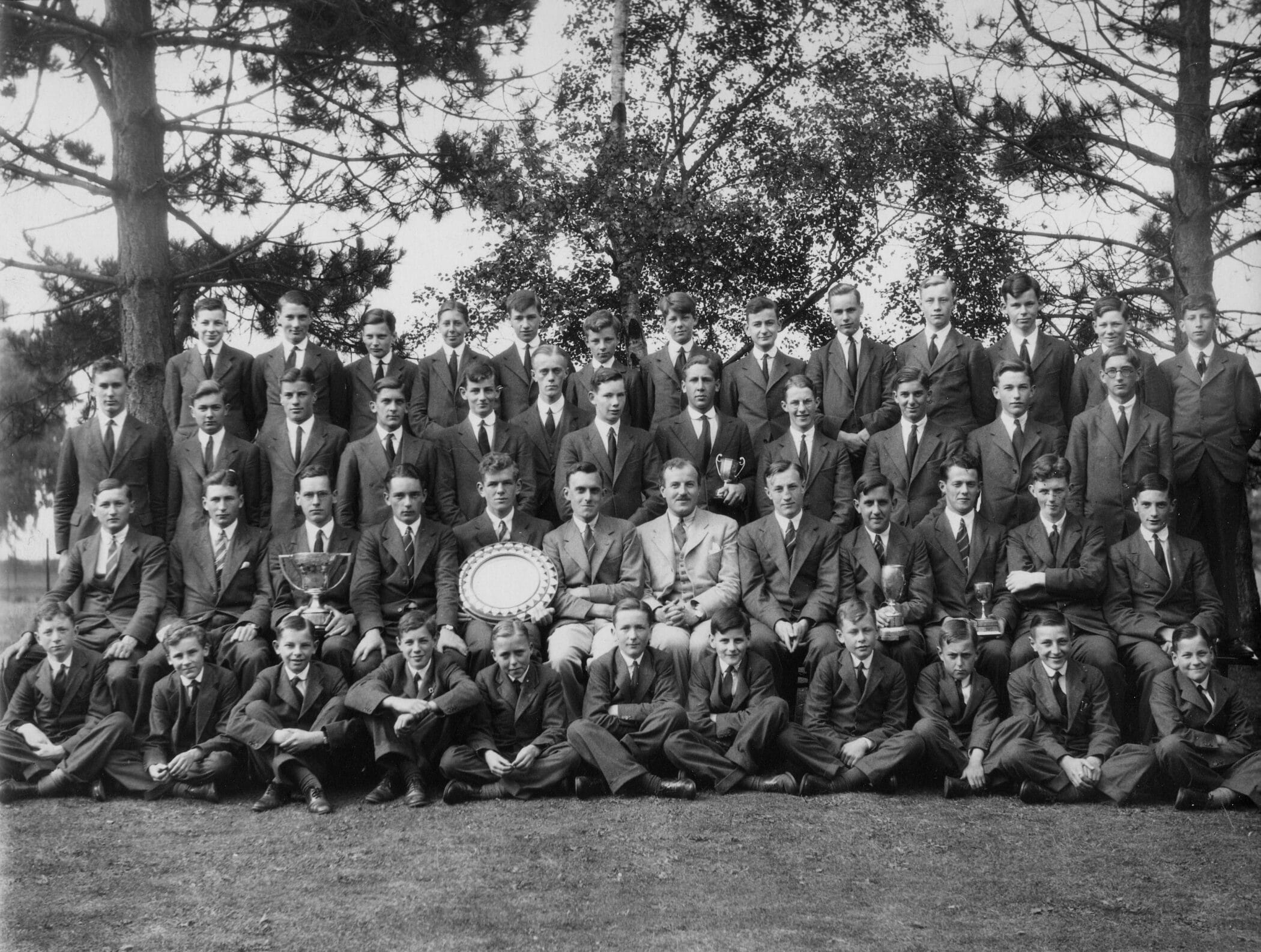Sir Constantine Holman, M.D., K.B.E. (1829–1910), was a distinguished figure in British medicine and public health. His life was marked by profound dedication to medical advancement, public service, and societal well-being. Born in Hurstpierpoint, Sussex, in October 1829, he pursued medical studies at Guy’s Hospital, Edinburgh, and Paris during a transformative period in British healthcare. He became one of the first doctors formally trained in the emerging field of anaesthesia.
In 1852, Holman joined a medical practice in Reigate, where his commitment to the profession extended well beyond clinical duties. A true General Practitioner at heart, Holman was deeply committed to the principle of continuity of care and supporting families throughout their lives “from cradle to grave.” His unwavering dedication to his local community is vividly captured in his four-page obituary published in the British Medical Journal, which praises his quick thinking, problem-solving abilities, and tireless service to those he cared for.
A pioneer and a reformer
Holman’s contributions were wide-ranging. He served with distinction on various medical boards and councils, helping shape medical policy and education. He was an active member of several professional bodies, including the British Medical Association—where he was awarded its prestigious Gold Medal in 1904—and the Obstetrics Society of London.
Of particular significance was his long-standing involvement with the Surrey Benevolent Medical Society, one of the oldest medical charities in the country, founded in 1812. The Society was established to support indigent medical practitioners and their families, as well as to fund the education of their children. It also played a pivotal role in advancing medical knowledge and charitable practice in the county.
Holman’s active role in the Society aligned with his deep concern for the welfare of fellow practitioners and their families. His contributions reinforced the Society’s mission to offer not just financial assistance, but educational opportunity and dignity to the medical community in Surrey. It was at a Society meeting that Holman first met the founder of Epsom College, Dr John Propert.
A rich history – preserved at Epsom College
Today, the rich history of the Surrey Benevolent Medical Society is preserved in the Epsom College Archive, where its archival collection now resides. Among its treasures is the Society’s photograph album, dating back to its founding year. Filled with professional portraits, it holds particular historical interest for the College: the album includes a previously unseen image of Sir Constantine Holman, offering a fresh perspective on the man whose legacy continues to shape the College’s values and mission.
The Society’s philanthropic vision closely overlapped with that of the Royal Medical Benevolent College (now Epsom College). In 1843, the Society endowed the College with significant funds, securing the right to nominate sons of medical practitioners for subsidised education. This enduring partnership added further depth to Holman’s association with Epsom College—an institution with which he had a profound and lasting connection.
A member of the Epsom College Council for many years, Holman served as Treasurer from 1887 to 1906—a period marked by considerable challenges and transformation. His leadership was pivotal in implementing a modern accounting system and introducing key new facilities, including a Rifle Corps, Fire Brigade, Chemical Laboratory, and Lecture Theatre. He also oversaw the acquisition of additional land, enabling the College to expand significantly. His vision and stewardship helped stabilise the College’s finances and increased the number of students.
Recognition from Edward VII
In recognition of his extensive public service and enduring contributions to medicine and education, Holman was knighted by King Edward VII in 1904. His legacy at Epsom College lives on through the naming of Holman House, a boys’ boarding house, and the Holman Art and Reading Room, which now houses the Wellbeing offices. Holman House proudly displays the Holman family crest from the Surrey branch, first recorded in Shere in the 1600s. The crest features a drawn bow and arrow, flanked by two gold wings, symbolising readiness for action.
On Holman’s retirement from the Epsom College Council in 1906, the members commissioned a document to mark the occasion, the text of which was reproduced in the British Medical Journal in June of the same year. The framed document is a formal illuminated testimonial, in recognition of his 19 years of dedicated service as Treasurer. Crafted in the traditional style on vellum, it features elaborate decoration and calligraphy, reflecting the ceremonial importance of the occasion. The council expressed deep regret at his resignation and heartfelt gratitude for his “untiring care and zeal” in managing the affairs of the institution. Signed by the full council, including the President and Chairman, the document, which resides in the Archive, stands as a lasting tribute to Holman’s foundational contributions to Epsom College.
Sir Constantine Holman passed away in 1910 at the age of 81. His life’s work exemplified the ideals of service, compassion, and innovation. Through his involvement in institutions such as Epsom College and the Surrey Benevolent Medical Society, he left a legacy that continues to influence and inspire the medical community—a beacon for all those committed to the noble pursuit of medicine.





